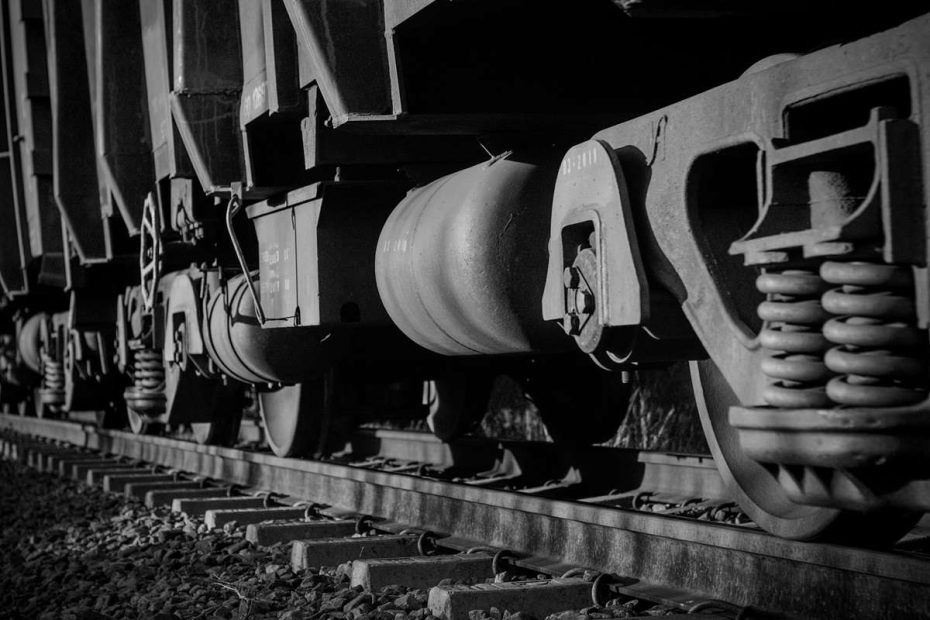All modern trains are equipped with brakes. Their proper functioning is relied upon for the safe movement of trains on the tracks. The brakes slow the train down and stop it for a reasonable amount of time.
In the rail industry, the performance and efficiency of braking systems are critical to the safety of passengers and cargo. Due to the very high weight of the trains and the low friction between the wheels and the rails, the design of the braking system is very demanding.
Here are some of the main functions of a train braking system:
- Stopping the train:
- Speed control:
- Keeping the wagons in place (ie securing them against involuntary departure):
- Accident prevention:
- Emergency stop:
- Automatic control of the braking system:
- Energy efficiency:
- Brake force distribution:
- Wheel lock prevention.
Here are some of the main functions of a train braking system:
1. Stopping the train:
The main function of the train braking system is to stop the train by controlling the braking mechanisms of the cars and locomotives. This is achieved by using air, hydraulic or mechanical pressure on the braking systems.
Full stop can be done in two ways:
a) working, i.e. with a normal (technically and economically justified) deceleration of the train’s movement speed until its final stop
b) emergency – with intensive repayment the speed of movement of the composition to his full stop.
2. Speed Control:
The train braking system can be used to control the speed of the train. For example, if the driver wants to slow down the train, he can use the braking system to gradually slow the train down.
Braking distance. This is the name given to the distance that the train travels from the moment the driver applies the brakes to the moment the train stops moving. The stopping distance is the main criterion in the process of the complete stop of the train.
The entire braking distance can be divided into two parts:
(a) distance traveled by the train until the braking system is activated
b) distance traveled by the train after the application of the braking force.
3.Keeping the wagons in place (ie securing them against involuntary departure):
The train braking system can be used to hold the cars in place while workers load or unload them.
4. Accident prevention:
The train braking system is essential to prevent accidents by ensuring reliable train stopping.
5. Emergency stop:
The train braking system may have special functions to stop the train in case of emergency situations such as derailment. These features are vitally important to the safety of passengers and cargo.
6. Automatic control of the braking system:
In some cases, the train braking system can be controlled automatically, without direct operator involvement. This can improve the efficiency of the transportation system and reduce the risk of human error.
7. Energy efficiency:
The braking system can be used to reduce excess energy consumption by preventing unnecessary delays and saving fuel or electricity.
8. Brake force distribution:
The train’s braking system can distribute the braking force evenly among all the cars in the train. This is necessary to avoid uneven wear of the brake pads and to ensure greater stability of the train during braking.
9. Wheel lock prevention:
The train braking system is equipped with wheel lock prevention devices. These devices monitor the speed of the train and, if necessary, automatically adjust the braking force on the wheels to prevent a lockup that could cause the train to derail.
These basic functions of the train braking system are essential to the safety and efficiency of rail transport
In general, the train braking system is very important for the safety and efficiency of railway transport.
Check out our vebeo review page.
